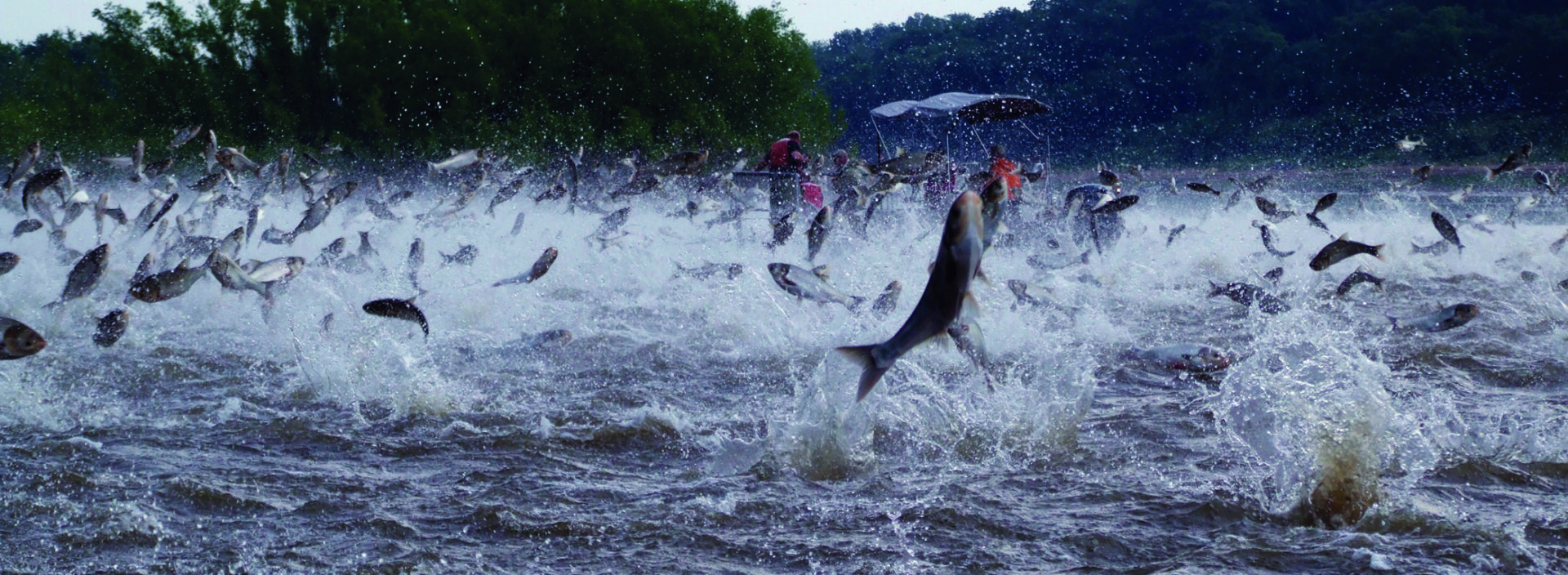The Aquatic Invaders Attack Pack is filled with materials to help teach groups about Great Lakes aquatic invasive species (AIS), the problems they cause and what can be done about them. Each pack includes preserved specimens of some of the most problematic AIS in the Great Lakes, rugged plastic fact sheets and a classroom guide. Additional materials are below. The packs are designed to complement the Nab the Aquatic Invaders! website hosted by Illinois-Indiana Sea Grant.
Created by Wisconsin Sea Grant with Center for Great Lakes Literacy funding from the Great Lakes Restoration Initiative, the packs are available for loan from the Wisconsin Water Library at UW Madison.
Visit the Attack Pack webpage to learn more.
[su_row][su_column size=”1″ center=”no” class=””] [/su_column] [/su_row]
[/su_column] [/su_row]
Attack Pack Lesson Plans, from the Great Lakes Sea Grant Network
Beat the Barriers This board game teaches students about the various methods used to limit the sea lamprey population in the Great Lakes. Students assume the identity of sea lampreys and attempt to migrate from Lake Ontario to Lake Superior.
Don’t Stop for Hitchhikers Students role-play the part of lake inhabitants and the aquatic exotics who displace the native species. Props are used to help demonstrate how aquatic exotic species enter a lake or river system, the negative effect they have on the native species, and things people can do to stop the spread of exotic species.
Great Lakes Most Unwanted Students work in small groups to organize invasive species cards, featuring facts and photos. Each group presents a different invasive species in a poster or fact sheet to the class.
Invader Species of the Great Lakes Students do a card-matching activity to learn about aquatic invasive species (AIS). In groups students select an aquatic invasive species, create a poster or factsheet and develop a charade-like game to demonstrate ways to prevent invasive species from spreading.
Rival for Survival This activity presents real-life choices involving exotic species found in the Great Lakes, such as zebra mussels and purple loosestrife. Students are to analyze a situation related to ecology and make an environmentally sound decision. After playing the game, students organize what they learned into a concept map.
Ruffe Musical Chairs Students use role-play to mimic the behavior of an invasive, non-native fish called Eurasian ruffe (pronounced rough) to experience firsthand how and why the species has multiplied so rapidly in some Great Lakes harbors.
Seeing Purple: A Population Explosion Through a simulation, sampling, and estimation activity, students learn about the impact of purple loosestrife on a wetland due to its exponential growth. They learn about purple loosestrife’s life cycle and appreciate how scientists determine population size in an ecosystem.
What are the Characteristics of the Great Lakes Exotic Species This puzzle activity is designed to help students review facts and information about the characteristics of the Great Lakes exotic species. They also learn about origin and introduction methods.



